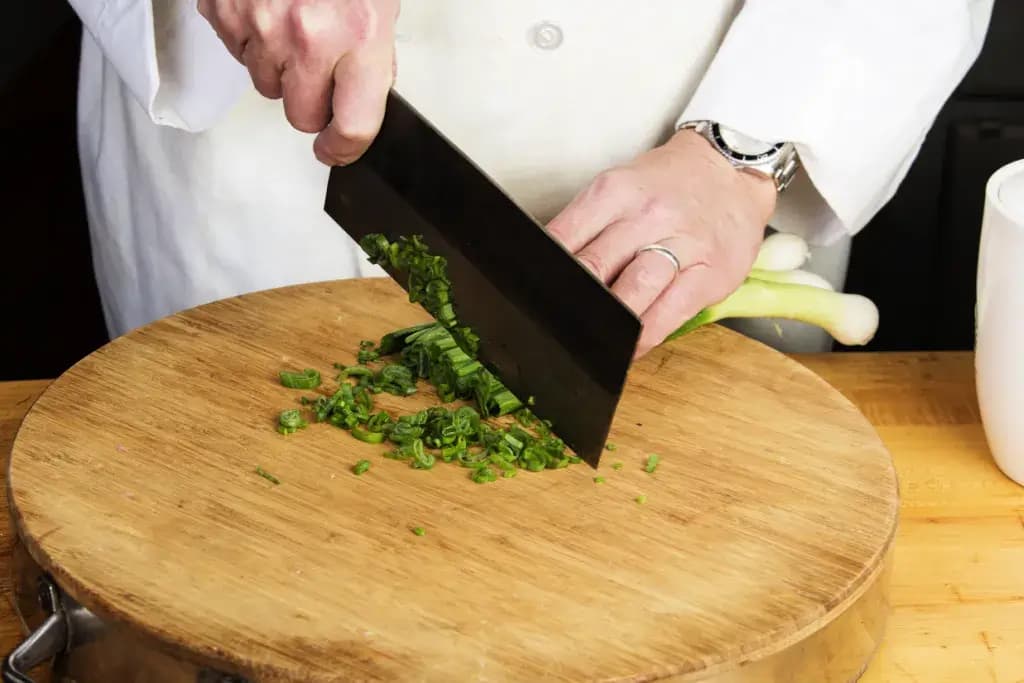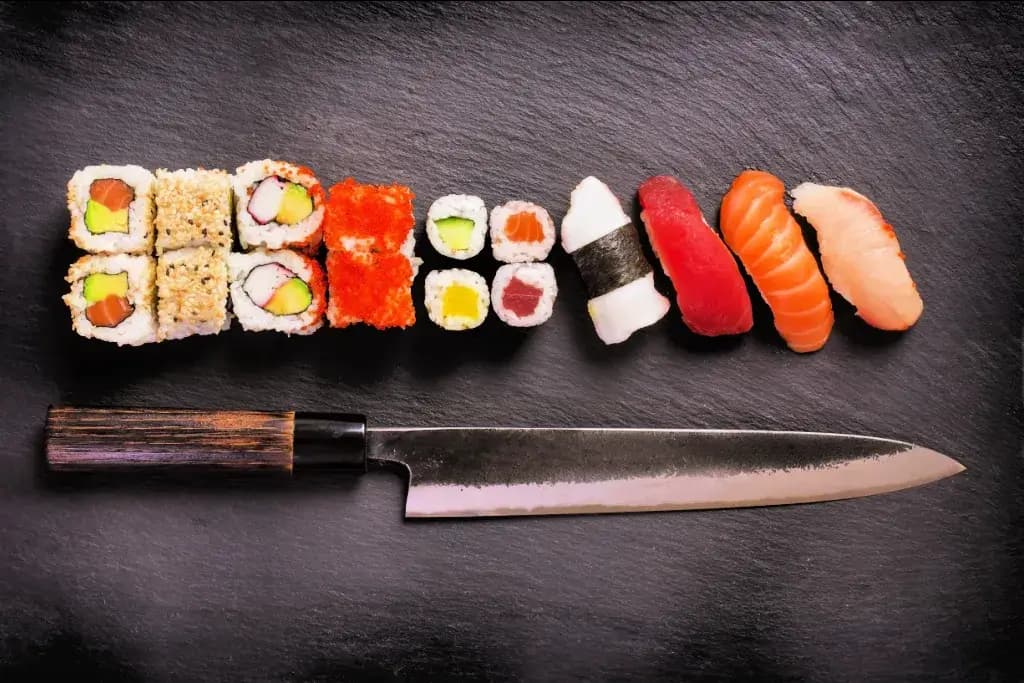

2025 SEPTEMBER 26
.Sophia Wasylinko
The Best Japanese Cooking Techniques You Should Try!
The world of Japanese cooking is fascinatingly diverse. From simple street food to elaborate tea ceremony dinners and traditional holiday offerings, these snacks and meals can be easily replicated in your home kitchen.
We’ll review several main culinary techniques, giving a quick rundown on how to use them. We will also name some of the dishes that use these methods and give tips for beginners. Here are the best Japanese cooking techniques that you should try!
What is the history of Japanese cuisine?
Japanese food typically focuses on visual and textural appeal, emphasizing fresh and seasonal ingredients. This practice is fully displayed with kaiseki ryori, meals served at ryokans (traditional inns), and tea ceremonies. Rice has always been a staple of Japanese home cooking. At the same time, vegetables became more prominent from the 6th century onward due to the introduction of Buddhism, which banned eating meat and (briefly) fish.
During the Kamakura period (1185-1333), elaborate banquets switched to simple dishes and meat became popular again. When Japan reopened to foreigners during the Meiji period (1868-1912), chefs began experimenting with Western techniques to create fusion dishes.
Following World War II, American chains, including KFC became part of Japanese food culture. However, traditional techniques are still enjoyed today. Since there are too many, we’ll share five of the most popular ones here.
Yaku
You’re already familiar with this technique if you’ve eaten grilled fish, Osaka’s street food classic, okonomiyaki, or even a stir-fry like yakisoba. Many of these dishes use a sweet-and-savory seasoning containing a mixture of soy, oyster. They also use Worcestershire sauces, a sweetener like honey or sugar, and alcohol like sake or mirin.

Yaku encompasses any cooking style using dry heat, including kushiyaki (grilled meat skewers) and robatayaki or robata (grilling foods over hot charcoal). While this method is easy to use, it’s also easy to mess up if you’re not paying attention. Always watch the timer, temperature, and open flame to avoid burning yourself and your food!
Ageru
Similar to yaku, ageru is the deep-frying technique most associated with tempura (usually veggie or seafood), and tonkatsu. They also include korokke (Japanese croquettes), and other agemono (deep-fried dishes). While not the healthiest method, it’s easy to spice up ordinary ingredients if you’re looking for a quick meal or a snack to pair with cold beer.

Ageru can be done with a coating (flour, breadcrumbs, batter) or without one. Regardless, it uses oil or another source of fat to deep-fry ingredients at a high temperature. Like the last method, watch the food so it doesn’t burn or overcook. And be careful of oil splatters – stand a safe distance from the pan and clean up any spills once the stovetop cools!
Nimono
What do Japanese curry, kabocha no nimono (simmered pumpkin), and kinpira (root vegetables that are sautéed first) have in common? They’re all nimono dishes! Each one is a hearty assortment of vegetables and at least one source of protein, simmered until all or most of the broth evaporates.

While there are different variations, they all start with a base of dashi broth combined with soy sauce, sake, and a sweetener (mirin, honey, sugar). The ingredients simmer in a pan with an otoshibuta (drop lid) on the stovetop and can be eaten immediately or frozen for later. This comfort meal is easy to prepare and will satisfy you for the rest of the day.
Are you looking for amazing kitchen tools? Check out ZAKU! Check out ZAKU! ZAKU has authentic knives handmade in Japan for all of your culinary needs!

Tsukemono
You’ve likely heard of tsukemono (Japanese pickles) when discussing side dishes. Also called oshinko (fresh fragrance) or konomono (fragrant things), they use vegetables and fruits like umeboshi (ume plum), daikon radish, and nozawana. They’re available as side dishes with rice or drinks and as part of the kaiseki ryori we mentioned earlier.

Tsukemono is typically made in a special container called the tsukemonoki, with a stone (tsukemono ishi) as a weight. Seasoning options include sugar, vinegar, and sake kasu (sake lees). The process can last from two hours to several days, depending on the variety. With so many recipes, you’ll have fun making tsukemono!
Shirumono
We can’t talk about Japanese cuisine without mentioning shirumono (soup). This umbrella term includes various dishes, such as the classic misoshiru (miso soup), tonjiru or butajiru (pork soup), and kenchin jiru (root vegetable soup). They’re usually divided into suimono (clear broths) and heartier soups and stews to make things less complicated.

Another filling yet straightforward technique, shirumono is perfect for finishing off a week’s worth of leftovers. Several recipes begin with a simple base involving dashi and incorporate simmered vegetables (yes, using the nimono technique we mentioned earlier). Finally, there are options for both the cold winter and hot summer months. Never underestimate the versatility of soup!
Why should I try Japanese cooking techniques?
Japanese cuisine uses various techniques, some uncommon in Western cooking. Besides simmering and frying, for example, there is pickling and steaming. These different methods allow ingredients to be used entirely, whether they’re root vegetables close to expiry or an overabundance of meat.

More importantly, especially for young families with picky eaters, these techniques allow home cooks to reuse ingredients without making the same dish. For example, the same yams used in a hot pot can be turned into tempura later in the week. And even if you’re just cooking for yourself, you’ll enjoy trying these new recipes.
Japanese cooking incorporates many methods reflecting its diverse and evolving culture. We recommend you try at least one of these styles, whether you’re hoping to dress up your fish or extend the life of your greens. Have you used any Japanese cooking techniques before? Tell us in the comments.



















